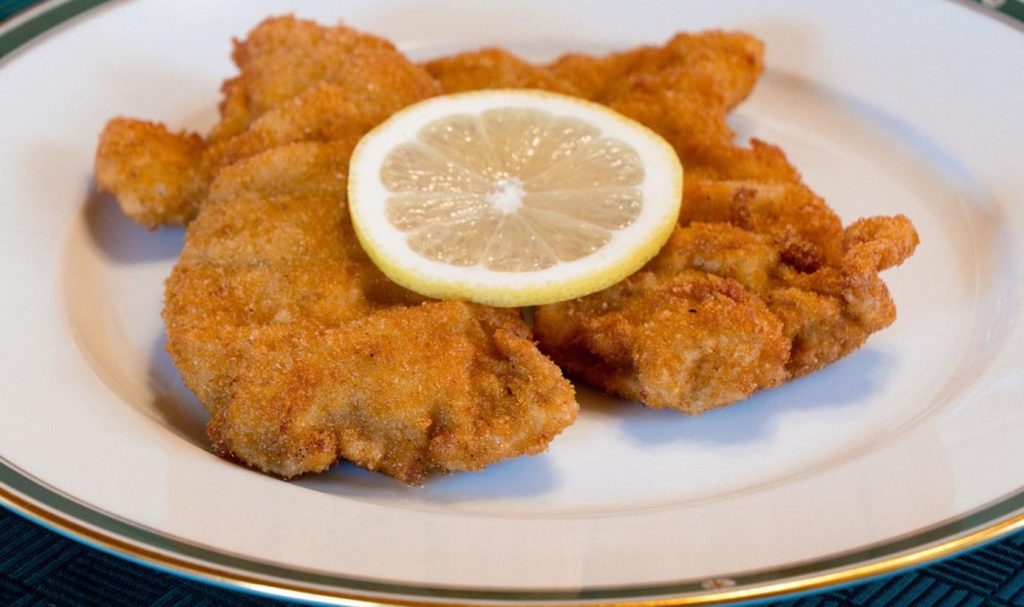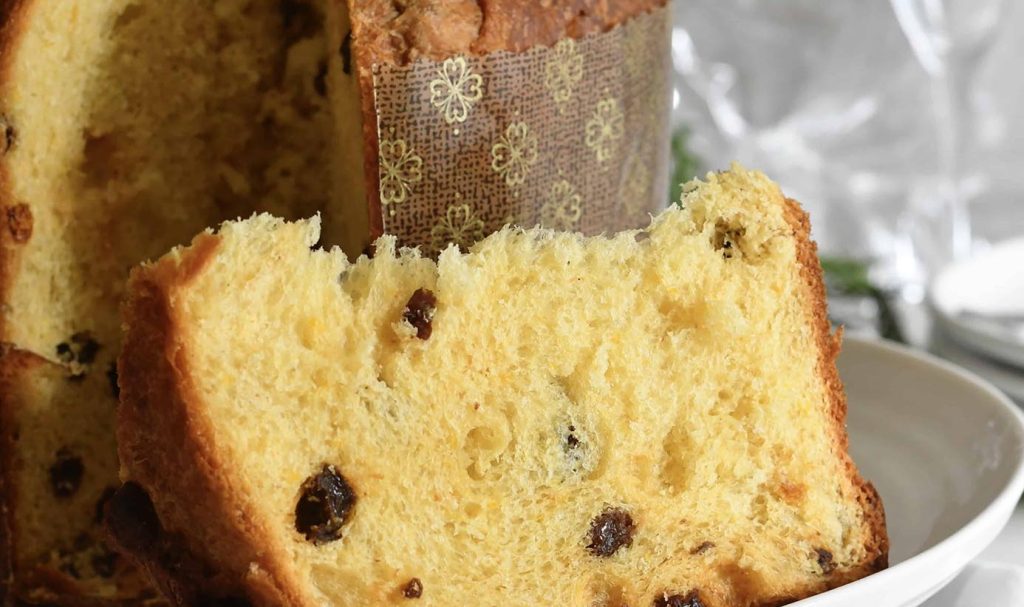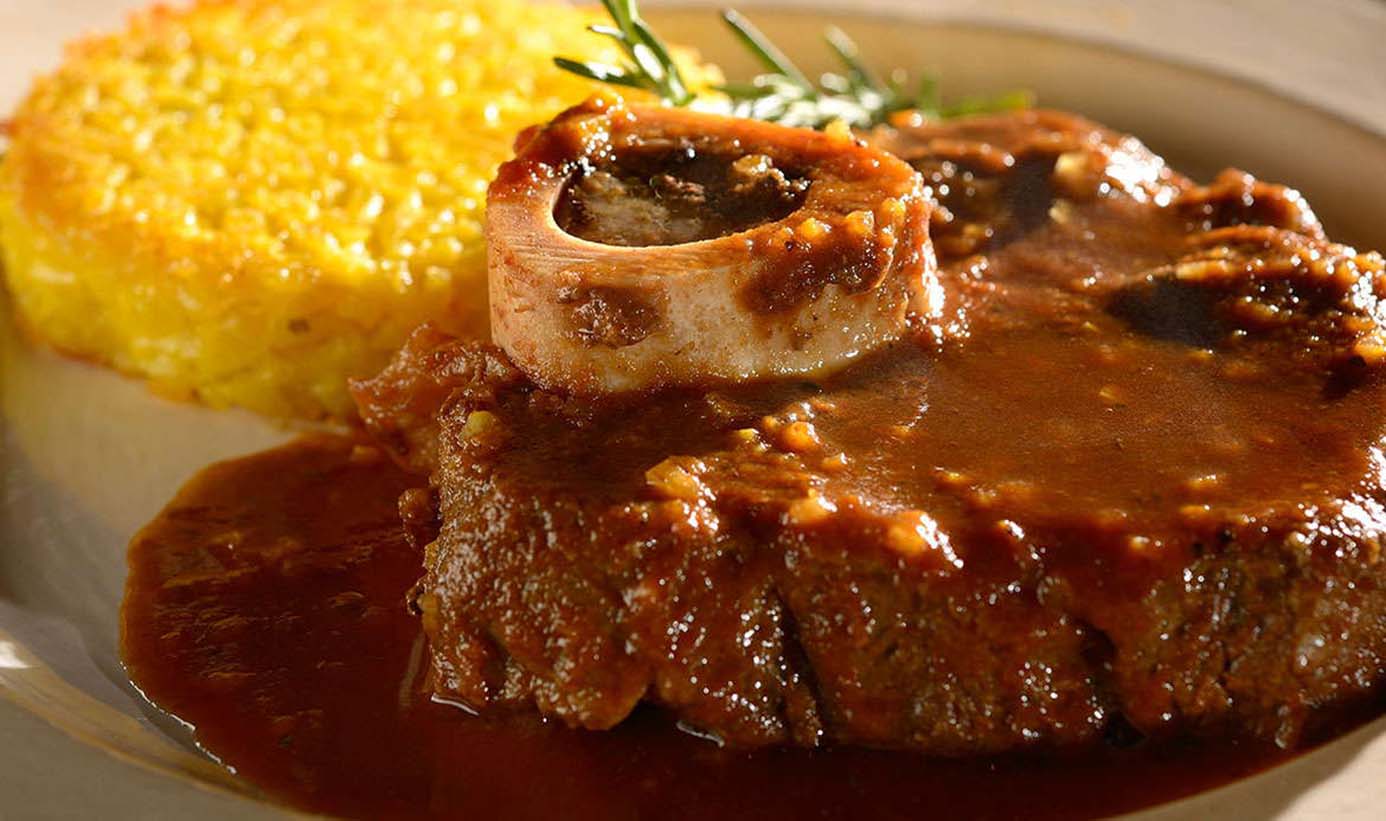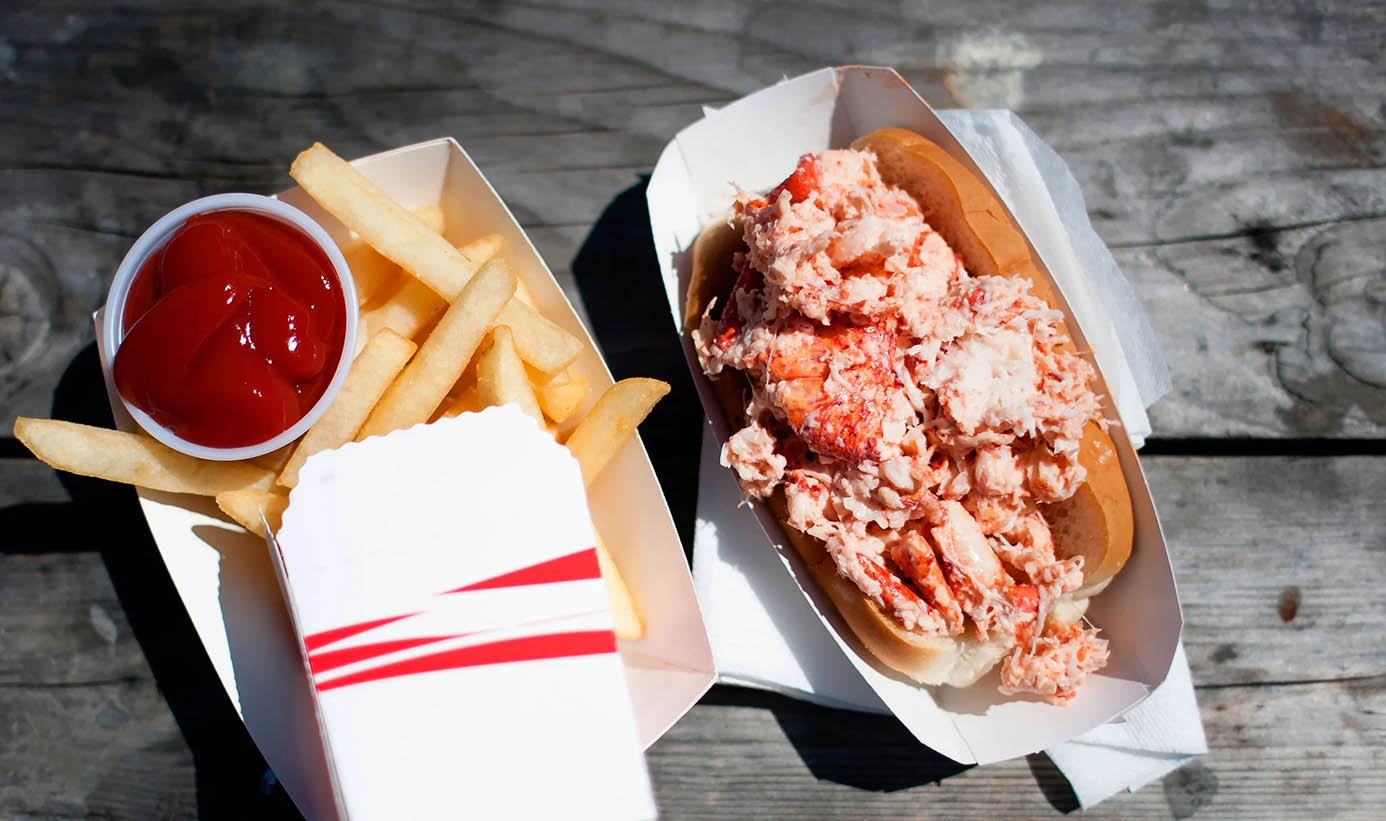Milan, the fashion capital of Italy, attracts global visitors not only with its dazzling shopping scene and rich cultural heritage but also with its unique food culture deeply rooted in the lives of its locals. Although Milan’s culinary culture has been influenced by globalization, it has still preserved many traditional Milanese flavors that boast rich regional characteristics.
1. Ossobuco alla Milanese (Milanese Braised Veal Shank)
Introduction:
Ossobuco alla Milanese, or Milanese braised veal shank, is one of the most iconic dishes in Milan. The word “ossobuco” translates to “bone with a hole,” referring to the veal shank, which is slow-cooked to tenderness and rich in flavor. During the braising process, ingredients like tomatoes, onions, carrots, white wine, and broth are added to create a deeply flavorful dish.
Traditional Method:
The veal shank is typically seared in olive oil until lightly browned, followed by the addition of vegetables, herbs, and broth. It is then simmered for several hours until the meat is incredibly tender and falls off the bone. A key component of the Milanese version is the “gremolata” garnish, made from lemon zest, garlic, and parsley, which adds a refreshing tangy contrast to the rich, savory meat.
Taste and Texture:
The meat in ossobuco is melt-in-your-mouth tender, soaking up the savory juices. The gremolata provides a fresh, zesty finish, making the dish rich yet not overly heavy. It is a perfect balance of flavors and textures that leaves a lasting impression.
Recommended Restaurant:
In Milan, many restaurants offer this classic dish, with “Trattoria Milanese” in the city center being one of the most famous. Known for its traditional preparation, this place offers an authentic taste of Milan.
2. Risotto alla Milanese (Milanese Risotto)
Introduction:
Risotto alla Milanese is one of the most iconic and cherished rice dishes that originates from the vibrant city of Milan, in northern Italy. Often associated with the elegance and richness of Milanese cuisine, this dish is traditionally made using Arborio rice, a short-grain Italian rice prized for its ability to absorb liquid while maintaining a creamy texture. What sets this risotto apart is the addition of saffron, a luxurious spice historically cultivated in the region. The saffron not only gives the risotto its signature golden-yellow hue but also infuses the dish with a warm, earthy aroma and slightly floral flavor that is both comforting and sophisticated.
Traditional Method:
The preparation of Risotto alla Milanese is a careful, almost meditative process that highlights the importance of timing and technique in Italian cooking. It begins by gently sautéing finely chopped onions in unsalted butter, creating a soft and fragrant base. Arborio rice is then added and toasted briefly until it turns slightly translucent, a process that helps preserve its texture during cooking. Warm meat broth, typically made from beef or veal, is slowly added a ladle at a time, allowing the rice to gradually absorb the liquid while being stirred continuously. This slow absorption is what gives risotto its luxurious creaminess. Saffron threads are soaked in a small amount of hot water or broth, then stirred in midway through cooking. This not only releases the spice’s brilliant color but also ensures its aromatic compounds are fully integrated into the dish.
Taste and Texture:
The finished risotto is a celebration of contrast and harmony. Each grain of rice is al dente, soft on the outside with a subtle firmness at the core, providing a satisfying bite that is never mushy. The velvety sauce, enriched by butter and occasionally a touch of grated Parmesan cheese, carries the complex yet delicate notes of saffron—earthy, slightly sweet, and floral. The result is a dish that feels both indulgent and balanced, with a comforting warmth that lingers. Its layered flavor profile makes it a favorite not only as a standalone course but also as a classic accompaniment to ossobuco, a traditional Milanese veal shank.
Recommended Restaurant:
For a truly memorable Risotto alla Milanese, locals and travelers alike recommend “Ratanà”, located in Milan’s trendy Brera district. This elegant yet welcoming restaurant is celebrated for its refined take on traditional Milanese cuisine. At Ratanà, the risotto is prepared with meticulous attention to detail, using top-quality saffron sourced from Italy and premium local ingredients. The chefs respect the dish’s heritage while subtly modernizing its execution, resulting in a risotto that is rich, flavorful, and perfectly textured. Dining at Ratanà offers not just a meal, but a culinary journey into the heart of Milanese tradition, complete with an inviting atmosphere and expertly paired wines.
3. Fegato alla Milanese (Milanese-Style Fried Liver)

Introduction:
Fegato alla Milanese is a cherished traditional dish in Milanese cuisine, often enjoyed during family gatherings, Sunday lunches, and festive celebrations. Although liver might not be the most universally popular ingredient, this dish manages to win over even skeptical diners with its comforting textures and bold flavors. The recipe showcases the simplicity and elegance of northern Italian cooking, where the focus is on enhancing the natural qualities of fresh ingredients rather than masking them. Using fresh calf liver, the dish transforms an often-overlooked organ meat into a delicacy with character and heart.
Traditional Method:
Preparation begins by marinating the calf liver slices in a bath of white wine or mild vinegar, sometimes accompanied by a few herbs like sage or bay leaf. This process not only neutralizes the strong scent of the liver but also tenderizes the meat. Once marinated, the liver is patted dry, dusted lightly with flour to create a delicate crust, and then fried in hot olive oil or clarified butter until golden brown. Timing is key—overcooking can lead to toughness, so the goal is a quick sear that locks in the juices. Just before serving, a generous squeeze of fresh lemon juice is added to brighten the dish and cut through its richness.
Taste and Texture:
Fegato alla Milanese delivers a sophisticated interplay of textures and flavors. The outer crust is lightly crisp, giving way to a moist and tender interior that melts in the mouth. The liver’s naturally robust flavor is mellowed by the marination and complemented by the citrusy tang of the lemon. The result is a well-balanced dish—rich but not overwhelming, hearty yet refined. When served with a side of sautéed spinach or creamy mashed potatoes, it becomes a truly satisfying Milanese meal.
Recommended Restaurant:
For an authentic taste of this dish, head to Crispi 19, a beloved eatery located in the heart of Milan. Known for its commitment to quality and tradition, Crispi 19 selects only the finest cuts of liver from local sources. Their preparation pays homage to the old Milanese techniques while offering modern touches in presentation. With its warm ambiance and locally inspired menu, Crispi 19 is the perfect place to savor Fegato alla Milanese the way Milanese grandmothers intended—simple, soulful, and unforgettable.
4. Panettone (Traditional Milanese Sweet Bread)
Introduction:
Panettone is a traditional Milanese Christmas dessert, but it has become a beloved Milanese delicacy enjoyed year-round. This sweet, fluffy bread is studded with raisins and candied citrus, offering a perfect balance of sweetness and fragrance. Its towering dome shape gives it an iconic look.
Traditional Method:
Making Panettone is a complex process that involves multiple rounds of fermentation to achieve its airy, soft texture. After baking, it is often topped with a glaze, giving the bread a crisp exterior while maintaining a light, moist interior. The aroma that wafts from a freshly baked Panettone is simply irresistible.
Taste and Texture:
The bread is light and fluffy with a touch of sweetness. The raisins and candied citrus add a refreshing burst of flavor, creating a delightful contrast to the soft bread. Each bite offers a delicate balance of sweetness and tang.
Recommended Restaurant:
“Pasticceria Marchesi” is a historic pastry shop in central Milan, renowned for its traditional Panettone. Their Panettone is soft, fragrant, and perfect for those looking to indulge in this Milanese classic.

5. Cotoletta alla Milanese (Milanese-Style Breaded Veal Cutlet)
Introduction:
Cotoletta alla Milanese, or Milanese-style breaded veal cutlet, is a beloved traditional Milanese dish. It features a tender veal cutlet that is breaded and fried until golden and crispy. This dish is a staple in Milanese households and is often served as a main course.
Traditional Method:
The veal cutlet is coated in flour, beaten eggs, and breadcrumbs before being fried in hot oil until it is golden and crispy. Typically, a slice of lemon is served alongside, allowing diners to squeeze it over the cutlet to add a fresh, tangy contrast to the richness of the meat.
Taste and Texture:
The exterior of the cotoletta is crispy and flavorful, while the inside remains tender and juicy. The crunch of the breadcrumbs contrasts perfectly with the delicate veal, and the lemon adds a burst of freshness that brightens the entire dish.
Recommended Restaurant:
“Ristorante Nabucco” is a popular restaurant in Milan known for its exceptional Cotoletta alla Milanese. This dish is a must-try for anyone visiting Milan, offering an authentic taste of Milanese home cooking.
Milan’s culinary scene is rich in local traditions, and these five dishes are just a small taste of what the city has to offer. Each dish is a reflection of Milan’s history and culture, allowing you to experience the city’s unique charm through its food. If you’re planning a trip to Milan, make sure to include these dishes on your itinerary, and enjoy the flavorful journey through this magnificent city.



